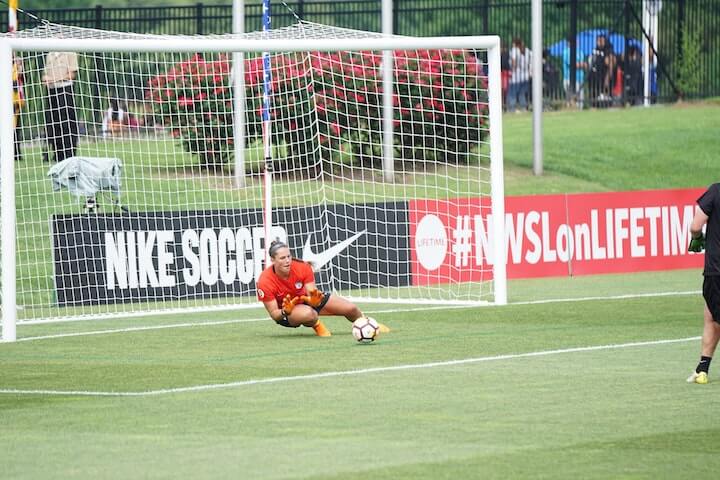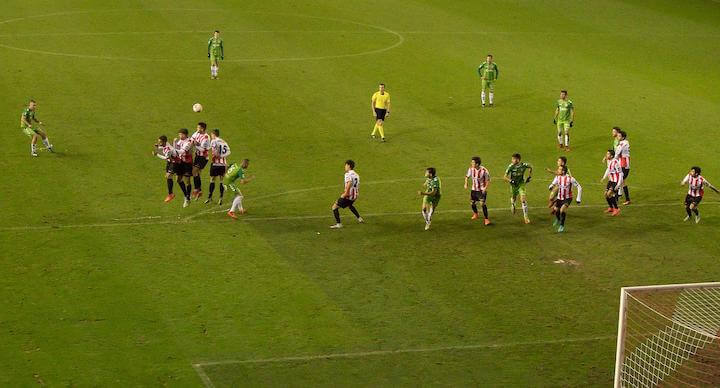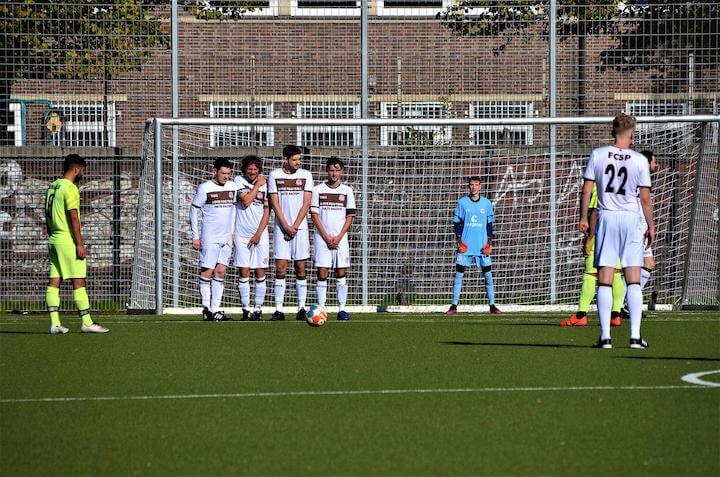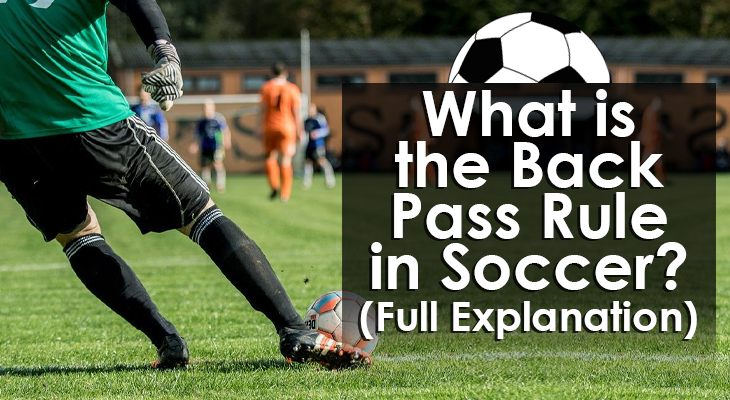What is the Back Pass Rule in Soccer? (Explained)
Soccer rules as we know them today are a result of decades of fine-tuning and coming up with different rules to make the game better in various ways.
One of the rules that has changed throughout the years is the back pass rule, which basically dictates how outfield players can play with their goalkeepers.
In this article, we discuss the back pass rule in soccer, how it came to be, and how it has impacted the modern game.
How Does the Back Pass Rule Work?
For the back pass rule to be set into motion, three events must have occurred:
(1) The ball must have been kicked from a player’s foot (not any other part of the leg or body) to the team’s goalkeeper.
(2) The back pass must be deliberate -- miskicks or deflections are not reviewed.
(3) The goalkeeper directly touches the ball with their hand before it touches any other player on the pitch.
Once these 3 occur, the team gets penalized by the referee for a violation of the back pass rule.
The penalty for this is an indirect free-kick from where the ball was handled.
If that position falls within the 6-yard area, teams take the free-kick from the point on the 6-yard line closest to where the offense occurred.

The Origin of the Back Pass Rule
In the past, teams regularly sought to win games in every way possible -- even if it meant doing something that would be considered poor sportsmanship.
For instance, in the 1950s and 1960s, goalkeepers could hold the ball in their hands without a “timer” for however long they wanted to - as long as they bounced the ball or threw and caught it in the air at intervals.
When certain goalkeepers started taking advantage of this, FIFA introduced a rule that only allowed a goalie to move four steps while holding the ball, bouncing it, or throwing and catching it in the air.
Eventually, goalies found another loophole in the new rule, and another rule was created to block that loophole.
The cycle has continued since then, and the back pass rule is another result of the tricks soccer goalkeepers have been doing.
The Creation of the Back Pass Rule
The 1990 FIFA World Cup - hosted by Italy - has a bad reputation as one of the most boring World Cups in the history of the game.
According to the statistics, games averaged about 2.2 goals, which is up there among the lowest-scoring World Cups ever.
One major reason was the fact that teams in the lead would resort to time-wasting tactics -- sometimes involving their goalkeeper.
Defenders were constantly passing the ball back to their goalkeeper, who would then pick it up and slow the game down.
As a result, FIFA decided to change things up ahead of the 1992 Summer Olympic Games.
It was in that year they introduced the back pass rule.
During this time, the First Division - England's top-tier league competition - was also relaunched as the Premier League, presenting an opportunity for the F.A to introduce the new rule.
Denmark’s antics, as they won the title at Euros 1992, further sped up the decision. Soon enough, they adjusted Law 12 of the Laws of the Game to accommodate the back pass rule.

Loopholes in the Back Pass Rule
Even modern soccer is not without its flaws and, as expected, soccer players occasionally try to circumvent the back pass rule with loopholes.
For instance, a player may pass the ball back to their goalkeeper with other parts of the body, which is technically legal.
However, when it's done with a trick -- such as flicking the ball up with the foot, then using another body part to pass it back to the goalie -- the referee can operate on their discretion to penalize the player anyway.
Another example is if a player deliberately uses another body part to pass the ball back, where the natural response would've been to kick it.
These instances allow for some level of subjectivity in the decisions made by the ref, so some of these decisions can be controversial.
The Rules Impact on the Game
The first games played with the new back pass rule were at the 1992 Summer Olympics, where Italy fell foul in the first game.
The resulting indirect free-kick from 15 yards out led to a goal for the U.S.A.
How’s that for impact?
Nine years later, Bayern Munich would also be major benefactors of the back pass rule in their pursuit of the 2000/01 Bundesliga title.
It was one of the most historic title races in the history of the Bundesliga...
The Bavarians got an indirect free-kick following a back pass violation by Hamburger SV late in the game. They then turned that opportunity into a goal to seal the title.
Generally, the back pass rule has also forced teams to be more innovative in the way that they try to hold on to possession.
Also, modern goalkeepers are being judged more often for their ability on the ball, and the back pass rule only serves as a further incentive for them to improve their ball-playing ability.

Final Words
So, that answers the question.
The back pass rule does not stop outfield players from passing the ball to their goalkeeper, it just adjusts the way the goalie can respond and interact with the ball in such situations.
At times - especially more recently - FIFA has been accused of introducing new rules that take the fun out of the game.
However, the back pass is arguably one of the most effective rules that the governing body has sanctioned in modern soccer.
The game will continue to evolve, and as it does, introducing rules such as this one will only serve to make it better.

